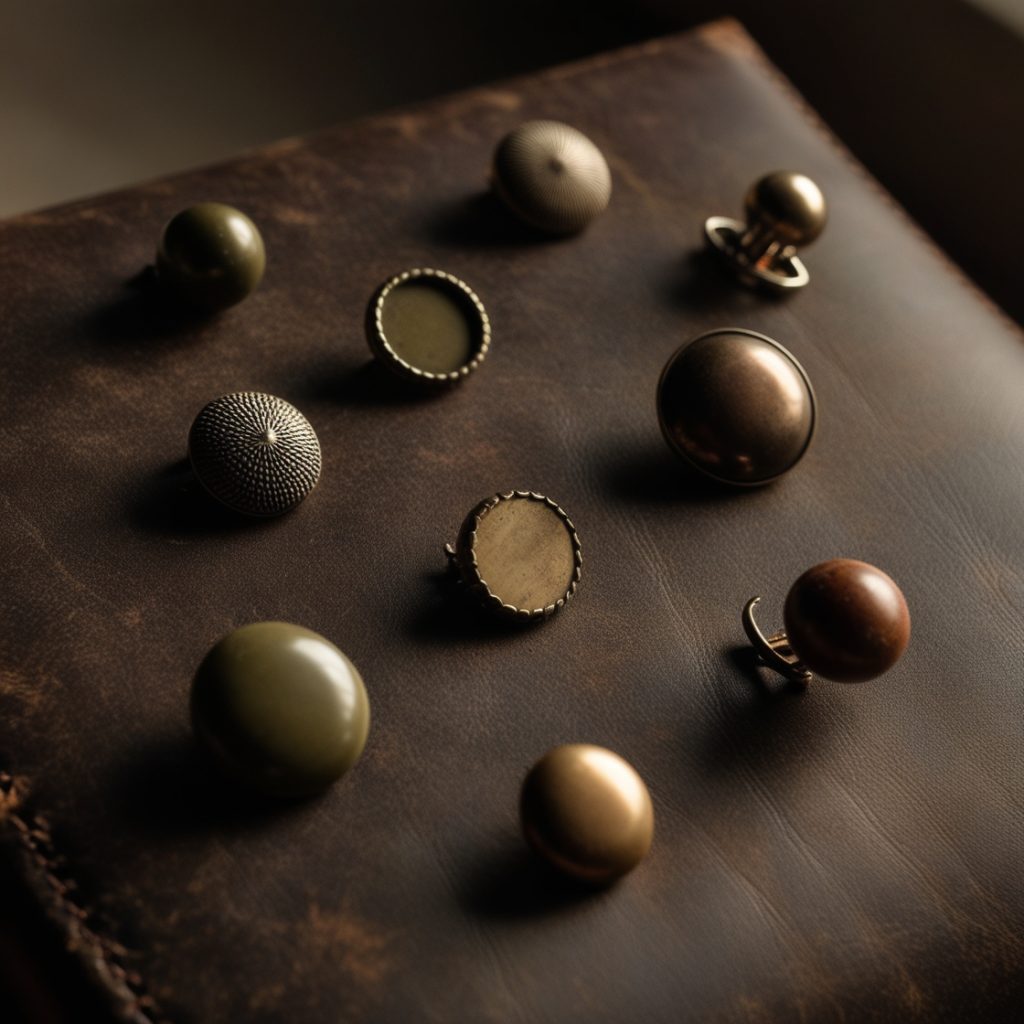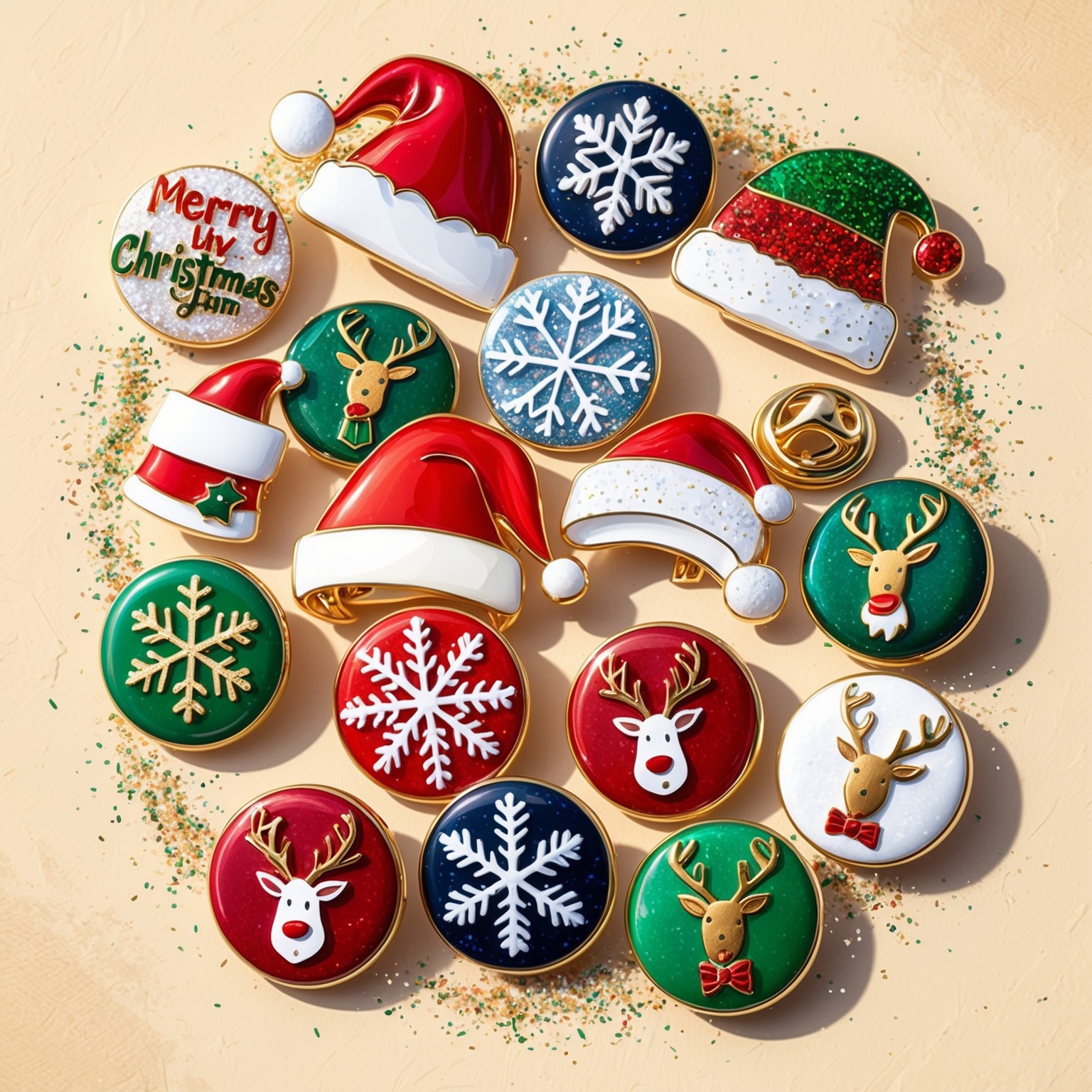For many collectors, owning a collection of custom lapel pins is more than just a hobby—it’s a passion. Whether your collection features sports pins from your favorite teams, commemorative pins from special events, or limited-edition releases, every pin tells a story. However, maintaining the value of your custom lapel pin collection is about more than just acquiring rare or unique pieces. Proper care, storage, and preservation techniques are essential to keeping your collection in mint condition, ensuring it retains both its sentimental and monetary value over time.
Like other collectibles, custom lapel pins can be prone to wear, tarnish, and damage if not properly cared for. Understanding how to handle, clean, store, and display your pins can make a significant difference in their longevity and condition. A well-preserved collection not only looks better but is also more likely to appreciate in value over the years.
In this article, we’ll explore the best practices for preserving your sports custom lapel pin collection, offering tips on storage, cleaning, handling, and more. By following these guidelines, you can ensure that your pins remain in pristine condition for generations to come.
Understanding the Value of Your Custom Lapel Pin Collection
Before diving into the preservation techniques, it’s essential to understand what determines the value of a custom lapel pin collection. For many collectors, value can be both sentimental and monetary, but the two are often interconnected. Here are a few key factors that influence the value of a custom lapel pin collection:
1. Rarity
Rare pins are often more valuable because they are harder to find. Limited-edition pins, especially those produced in small quantities for special events or sports championships, tend to appreciate in value over time. If your collection includes pins that are no longer in production or were only available for a short period, their rarity can make them highly desirable to collectors.
2. Condition
The condition of a pin is one of the most critical factors in determining its value. A pin in mint condition—one that shows no signs of wear, tarnish, or damage—will be worth significantly more than a pin that is scratched, faded, or bent. This is why maintaining your pins in excellent condition is essential for preserving their value.
3. Historical Significance
Some pins hold historical significance, especially if they commemorate a famous sports event, championship win, or milestone achievement by a player or team. Pins with strong ties to significant moments in sports history tend to be highly sought after by collectors, which can drive up their value.
4. Authenticity
Authenticity is crucial in maintaining the value of your custom lapel pin collection. Pins that come with certificates of authenticity or documentation proving their origin and legitimacy are often more valuable than those without. Counterfeit pins are a real concern in the world of pin collecting, so ensuring your pins are genuine is essential for preserving their value.
By understanding these factors, you can better appreciate the importance of keeping your pins in mint condition and preserving their value over time.
Best Practices for Preserving Your Custom Lapel Pin Collection
Now that we’ve explored what contributes to the value of a custom lapel pin collection, let’s delve into the best practices for preserving your pins. These practices include proper storage, handling, cleaning, and display techniques that will help keep your pins looking as good as new.
1. Proper Storage Techniques
One of the most important factors in preserving your custom lapel pin collection is how you store your pins. Improper storage can lead to scratches, tarnish, and other forms of damage that can significantly reduce the value of your collection. Here are some tips to ensure your pins are stored properly:
1.1 Use Pin Display Cases or Boxes
A great way to store and protect your pins is by using pin display cases or boxes. These storage solutions allow you to organize your pins neatly while keeping them safe from dust, moisture, and physical damage. Pin display cases often feature padded backing, where you can easily attach your pins without damaging the backing or the pin itself. Display cases also allow you to showcase your collection while protecting it from environmental factors.
Pin storage boxes, on the other hand, offer a more compact solution. These boxes are typically lined with soft material and divided into compartments to store individual pins, ensuring they don’t rub against each other. This is especially important if you’re not actively displaying your collection but want to keep it safe for the long term.
1.2 Use Acid-Free Materials
When storing pins, it’s important to avoid using materials that contain acids or chemicals that can tarnish or corrode the metal. Acidic materials can cause pins to discolor or deteriorate over time, which can have a significant impact on their value. Make sure to use acid-free backing for your display cases or boxes, as well as any packaging or containers that come into contact with the pins.
1.3 Keep Pins in a Climate-Controlled Environment
Temperature and humidity can play a major role in the preservation of your custom lapel pin collection. High humidity can lead to oxidation, which causes tarnishing or rusting on the metal parts of the pins. On the other hand, extremely dry environments can cause the enamel to crack. It’s best to store your pins in a climate-controlled environment with stable temperatures and low humidity levels.
If possible, avoid storing your pins in attics, basements, or garages, as these areas tend to have fluctuating temperatures and humidity levels. Instead, opt for a room in your home that is cool and dry, such as a bedroom or office.
1.4 Separate Pins to Prevent Scratches
Pins can easily become scratched if they rub against each other in storage. To prevent this, make sure each pin is stored separately or in a way that they don’t touch. Using individual compartments in a storage box or securing each pin on its own part of a display board can help protect them from scratching or damaging one another.
2. Proper Handling of Pins
Handling your pins with care is another crucial aspect of preserving their value. Even the simple act of holding a pin in your hand can lead to fingerprints, oils, or dirt being transferred to the metal and enamel. Here’s how to handle your custom lapel pins properly:
2.1 Wash Your Hands Before Handling Pins
Before handling your custom lapel pins, always wash your hands thoroughly to remove any oils, dirt, or residue. Even clean-looking hands can transfer oils to the surface of the pin, which can cause tarnishing or discoloration over time. If you’re handling pins regularly or for extended periods, consider wearing soft cotton gloves to prevent any contact between the pins and your skin.
2.2 Hold Pins by the Edges
Whenever possible, hold your custom lapel pin by its edges rather than the front or back. This reduces the likelihood of leaving fingerprints or smudges on the pin’s surface, which can be difficult to clean. Holding the pin by the edges also prevents pressure from being applied to the enamel, reducing the risk of chipping or cracking.
2.3 Avoid Bending or Dropping Pins
Bending or dropping pins can cause permanent damage, such as bent clasps, warped metal, or chipped enamel. Handle your pins with care, and avoid applying pressure to any part of the pin that could cause it to bend. If you’re removing a pin from a display board or attaching it to clothing, use gentle, even pressure to avoid damaging the pin or its backing.
3. Cleaning and Maintenance
Keeping your pins clean is an essential part of maintaining their mint condition. Over time, dust, oils, and other environmental factors can dull the appearance of your pins or cause damage to the metal and enamel. However, it’s important to clean your custom lapel pins properly to avoid causing additional damage.
3.1 Clean Pins Gently with a Soft Cloth
For most custom lapel pins, a gentle cleaning with a soft, lint-free cloth is enough to remove dust and surface dirt. Use a microfiber cloth or soft cotton to lightly wipe the pin, focusing on the enamel and metal surfaces. Avoid using rough or abrasive materials, as these can scratch the pin’s surface.
3.2 Use Mild Soap and Water for Stubborn Dirt
If your custom lapel pin has accumulated stubborn dirt or grime, you can use a mixture of mild soap and water to clean it. Dampen a soft cloth or cotton swab with the soapy water and gently wipe the surface of the pin. Be sure not to submerge the pin in water, as this can damage the backing or cause rust. After cleaning, use a clean, dry cloth to wipe away any remaining moisture.
3.3 Avoid Harsh Chemicals and Polishes
Harsh chemicals, metal polishes, and cleaning agents can cause significant damage to the enamel and metal surfaces of your custom lapel pins. These products can strip away protective coatings, cause discoloration, or even scratch the pin’s surface. Always avoid using chemicals or cleaners on your pins, and stick to gentle, non-abrasive cleaning methods.
3.4 Remove Tarnish Carefully
Tarnish is a common issue for metal pins, particularly those made with copper, brass, or silver plating. If you notice tarnish on your pins, it’s important to clean it carefully to avoid further damage. Use a jewelry cleaning cloth designed for polishing metals, and gently buff the tarnished area. Avoid using liquid polishes or abrasive cleaners, as these can damage the pin’s surface.
4. Displaying Your Custom Lapel Pin Collection
Displaying your custom lapel pin collection is a great way to showcase your favorite pieces while keeping them organized and safe from damage. However, improper display techniques can expose your pins to dust, sunlight, or moisture, all of which can reduce their value over time. Here’s how to display your collection safely:
4.1 Use Shadow Boxes or Display Cases
One of the best ways to display your custom lapel pin collection is by using shadow boxes or display cases. These cases allow you to arrange your pins in an attractive and organized manner while protecting them from dust, dirt, and other environmental factors. Many shadow boxes feature glass or acrylic covers, which provide an extra layer of protection while allowing you to view your collection easily.
4.2 Avoid Direct Sunlight
Exposure to direct sunlight can cause the colors in your custom lapel pins to fade over time. This is particularly true for pins with bright, vibrant enamel, which can lose their luster if exposed to UV rays for extended periods. To prevent fading, avoid placing your display case or shadow box in direct sunlight, and choose a location that offers indirect lighting.
4.3 Keep Pins Dust-Free
Dust can accumulate on your pins over time, dulling their appearance and causing fine scratches. To keep your pins dust-free, regularly clean the surface of your display case or shadow box with a microfiber cloth. If your pins are displayed in an open-air setting, such as on a corkboard or fabric board, gently dust the pins themselves using a soft cloth or brush.
4.4 Rotate Pins for Long-Term Preservation
If you have an extensive collection, it can be a good idea to rotate which pins are displayed over time. Displaying the same pins for extended periods can expose them to environmental factors, such as light or dust, which may lead to wear. By rotating your pins, you can give each piece a break from exposure, helping to preserve its condition.
5. Keep Records and Documentation
Maintaining accurate records and documentation for your custom lapel pin collection is essential for both personal organization and preserving the value of your collection. Here’s how to keep track of your pins effectively:
5.1 Create a Pin Inventory
Start by creating an inventory of your custom lapel pins. This inventory should include important details such as the name of the pin, its origin, the date you acquired it, and any unique features or markings. You can create your inventory digitally using a spreadsheet, or you can keep a physical record in a notebook or binder.
5.2 Keep Certificates of Authenticity
If your pins came with certificates of authenticity, make sure to store these documents in a safe place. These certificates can significantly increase the value of your collection by proving the pin’s origin and authenticity. Keep the certificates in a protective sleeve or folder, and make sure they are easily accessible if needed for resale or appraisal purposes.
5.3 Take Photographs of Your Collection
Taking photographs of your custom lapel pin collection is another great way to keep records of your pins. Photograph each pin individually, and store the images in a digital folder or photo album. This will allow you to easily reference your collection, and the images can also serve as documentation if any pins are lost, damaged, or stolen.
6. Insure Your Custom Lapel Pin Collection
If you have a valuable custom lapel pin collection, it’s worth considering insuring your collection to protect it from theft, loss, or damage. Many insurance companies offer policies specifically for collectibles, and insuring your pins can provide peace of mind knowing that your investment is protected. Here’s what to consider when insuring your collection:
6.1 Appraise Your Collection
Before insuring your collection, you’ll need to have it appraised to determine its value. Work with a professional appraiser who specializes in collectibles, particularly pins, to get an accurate valuation. The appraiser will assess factors such as rarity, condition, and market demand to determine the overall worth of your collection.
6.2 Choose the Right Insurance Policy
Once your collection is appraised, work with an insurance provider to choose a policy that fits your needs. Some homeowners’ insurance policies offer coverage for collectibles, but you may need to purchase a separate policy if your collection is particularly valuable. Make sure the policy covers loss, theft, and damage, and review the coverage limits to ensure your collection is fully protected.
6.3 Update Your Policy as Needed
As your custom lapel pin collection grows and changes over time, make sure to update your insurance policy accordingly. If you acquire new pins or sell valuable pieces, inform your insurance provider so that your policy remains accurate and up to date.
Maintaining the Value of Your Custom Lapel Pin Collection
Preserving the value of your sports custom lapel pin collection requires a combination of proper care, storage, handling, and documentation. By following the best practices outlined in this guide—such as storing your pins in climate-controlled environments, cleaning them gently, and using display cases to protect them—you can ensure that your collection remains in mint condition for years to come.
Whether you collect pins for their sentimental value, as a financial investment, or both, maintaining their quality is key to ensuring they retain their worth over time. By treating each pin with care and attention, you can build a collection that not only holds personal meaning but also continues to appreciate in value, creating a legacy that can be passed down through generations. If you are interested in ordering some high-quality lapel pins, feel free to call us at our Toll free number 1-877-513-4811 or fill out one of our FREE QUOTE FORMS.



